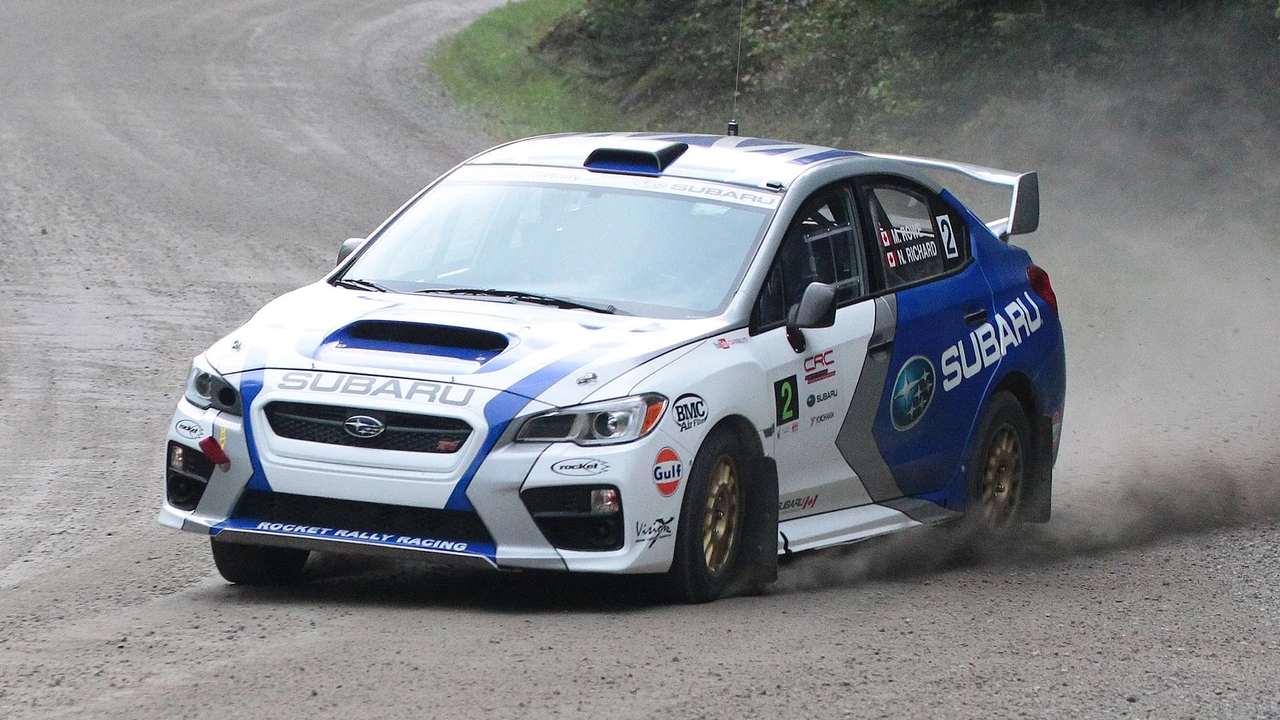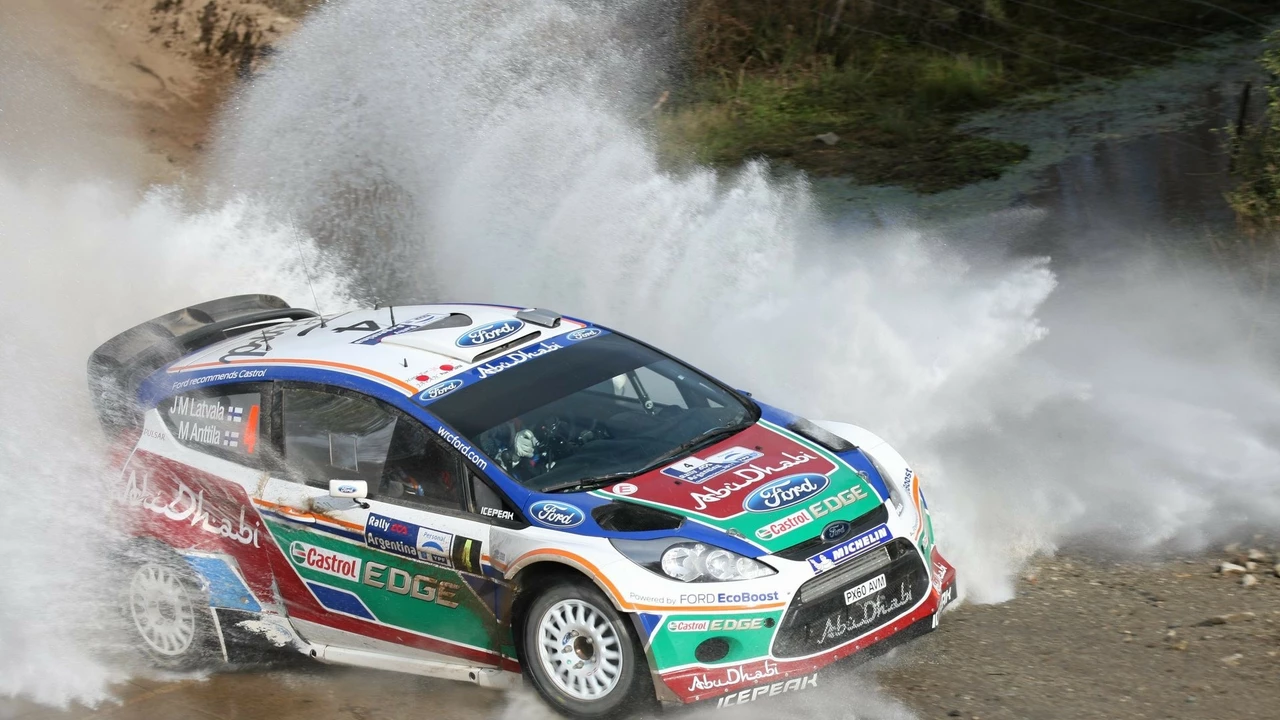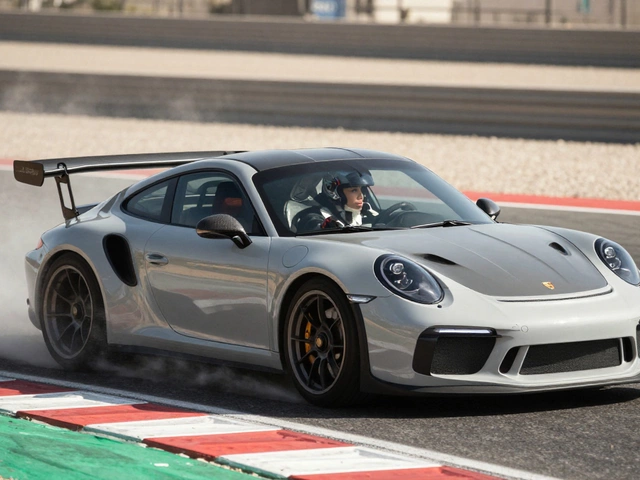Rally Car Guide – What You Need to Know
Ever wondered why a rally car looks so fierce on the gravel? It’s not just the paint job – it’s a mix of raw power, light weight and clever engineering. In this guide we break down the basics, the history and the bits that matter when you’re watching or thinking about getting into rallying.
History and Evolution of Rally Cars
Rally cars started as ordinary road cars with a few upgrades for rough terrain. By the 1970s manufacturers began building special models just for rallying. The most infamous chapter is Group B in the early 80s – cars so fast and light that safety became a nightmare, leading the FIA to ban the class in 1986. That move forced engineers to focus on safety without losing excitement, giving us the modern rally machines you see today.
Today you’ll spot cars like the Volkswagen Golf R, the Subaru WRX STI or the Ford Puma Rally1. Each blends a high‑revving engine, all‑wheel drive and a sturdy roll cage. The goal is the same as back then: finish a long, twisty course faster than anyone else while surviving mud, snow or desert heat.
Key Features and Practical Tips
What sets a rally car apart from a normal road car? First, all‑wheel drive gives traction on loose surfaces. Second, reinforced suspension lets the car absorb jumps and potholes without breaking. Third, a handbrake is a must – drivers use it to lock the rear wheels and start a controlled slide around tight corners.
If you’re watching a rally, listen for the driver’s call‑outs to the co‑driver. They’re reading pace notes that describe every bend, jump and surface change. The co‑driver’s job is crucial; even the best driver can’t remember every detail on the fly.
Thinking about owning a rally‑prepared car? Start with a reliable front‑wheel‑drive hatchback and add a turbo, all‑wheel‑drive conversion and safety kit. Keep the weight down – strip out unnecessary interior parts and use lightweight racing seats. Always install a proper roll cage and fire‑extinguishing system before you hit the road.
Maintenance is another big piece. Rally cars see extreme brake wear, tire damage and engine stress. Regularly check brake pads, suspension bushings and engine oil. A quick visual inspection after each event can catch issues before they become expensive repairs.
Finally, respect the rules. Different championships have specific limits on engine size, turbo boost pressure and weight. Knowing the regulations helps you avoid penalties and keeps the competition fair.
Whether you’re a fan, a budding driver or just curious about the roar of a rally car, the mix of history, technology and skill makes rallying a unique motorsport. Use the tips here to appreciate the sport more, choose a car that fits your budget, or simply enjoy the spectacle at the next event.

Is a stock Subaru WRX considered a rally car?
Alright folks, let's dive right into the burning question - Is a stock Subaru WRX considered a rally car? Well, technically, no. But, hear me out! Straight from the factory, the Subaru WRX is a high-performance sports car, not exactly a rally car. However, with its turbocharged engine, symmetrical all-wheel drive, and a pedigree that screams "I was born in the dirt!", it's got all the potential to be transformed into a rally beast. So, while it may not be a turnkey rally car, it definitely has the heart of one and with a little love and tweaking, it could be eating gravel for breakfast!
read more
What are the 2 sticks used by the driver in a rally car?
In the thrilling world of rally car racing, a driver relies heavily on two particular sticks. The first is the gear stick, used to shift between gears and manage the car's speed and power. The second is the handbrake lever, which is crucial for executing sharp turns and controlling slides. These two sticks, when used skillfully, allow the driver to navigate challenging terrains and tight corners at high speed. They are essential tools in the adrenaline-fueled sport of rally car racing.
read more
